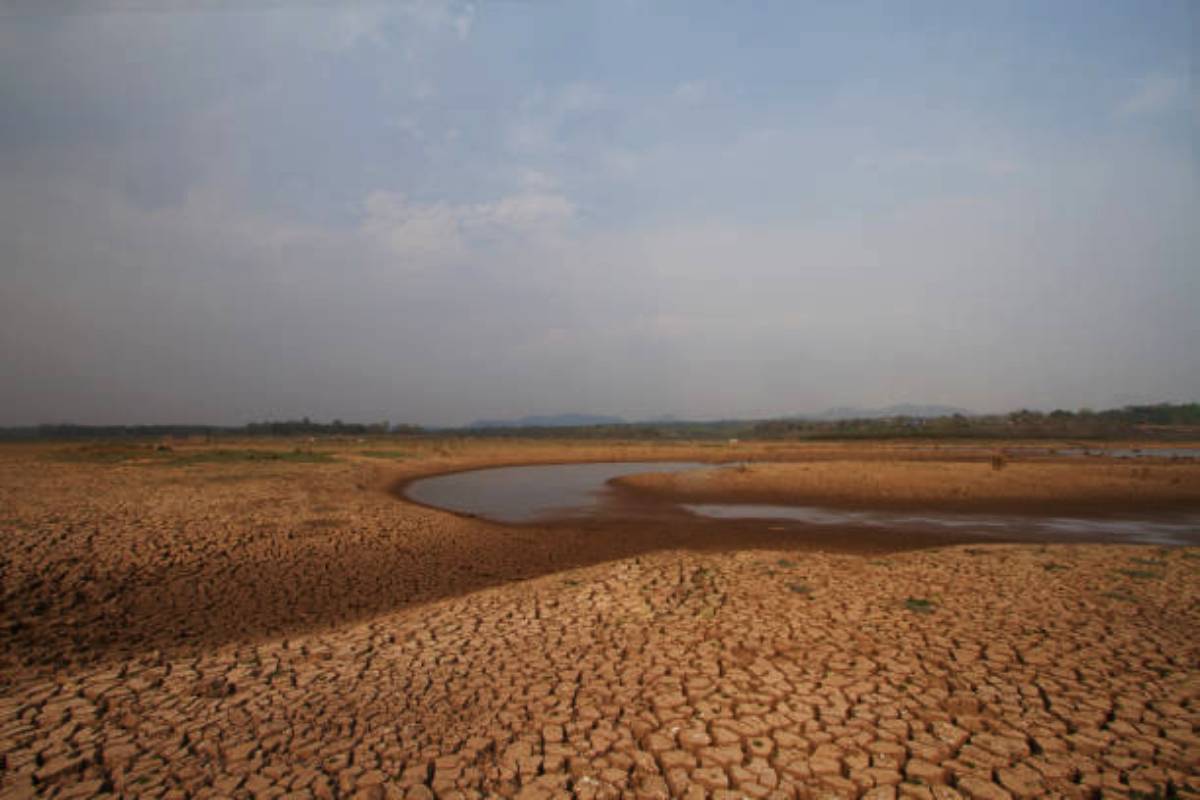Himachal Pradesh CM pays tribute to Kargil martyrs on Vijay Diwas
Remembering the valour and supreme sacrifice of the Kargil martyrs on Vijay Diwas, Chief Minister Thakur Sukhvinder Singh Sukhu paid tributes to them on Vijay Diwas on Friday.
According to the Meteorological Department, the state has received only 59 milliliters of water in the last season, which is 69 percent less than usual.

Photo : iStock
Tourists who visit Himachal Pradesh for its natural beauty have a very distinct mental image of the state filled with lush green hills, flowing rivers, fresh breezes, and mountains covered with snow. But today, they are greeted by unwelcome sights: long queues at public taps with residents complaining about not having enough water to drink.
Previously, only the winter and summer seasons were popular with tourists, but no longer so. We can observe that all four seasons are now popular with visitors. During the summers the water crisis becomes acute.
In fact, with the onset of climate change water scarcity has become a major issue in this hilly state. Even the state capital, Shimla, is not immune from this scourge. Many water projects were on the verge of being abandoned. Reason: The state is receiving less snow and rain during the winter, resulting in less water in water bodies like rivers, ponds, and lakes. Soon after the winter season, these sources of water begin to dry up, putting the perennial sources of water like the Satluj and Beas rivers in the danger of running dry.
Advertisement
According to the Meteorological Department, the state has received only 59 milliliters of water in the last season, which is 69 percent less than usual. In addition, as the state’s population has grown over the past ten years, there has been a rise in demand for water, particularly in urban areas, and people are now depending more on piped water delivery systems than on the conventional sources like springs and bawris.
The patterns of rainfall have also changed. Water sources are drying up fast in some places, particularly in the Shivalik Hills where the soil has a very low water-holding capacity. Many communities in different constituencies go without water for weeks on end.
Even in normal times, areas like Dalhousie and Banikhet experience water shortages, but in recent years, drought-like situations have already become a reality and are only expected to worsen in the years to come.
Consequences
Crop loss and decline in availability of fodder are the result of water storage. In 2018, Himachal Pradesh experienced insufficient rain and snowfall, and a summertime drinking water crisis in Shimla drew media attention from around the world. Documents from the Shimla Municipal Corporation state that the town needs roughly 45 MLD, yet even on typical days the present yield is only 32 MLD. Shimla’s position has improved as a result of the Gumma stream’s water sources being increased to offer 10 million liters of water per day.
Following are the tips for the state to resolve the water crisis:
Judicious use of water in agriculture
Household water conservation
Advertisement